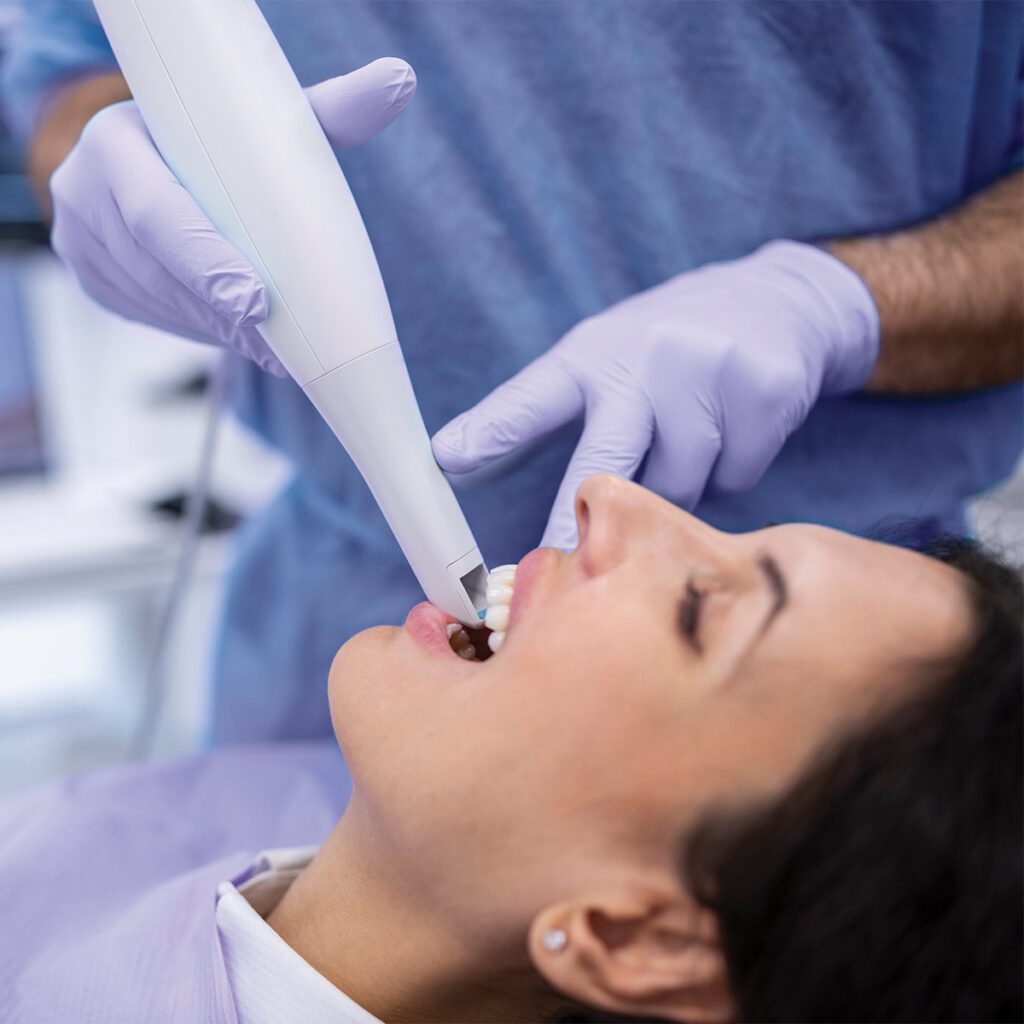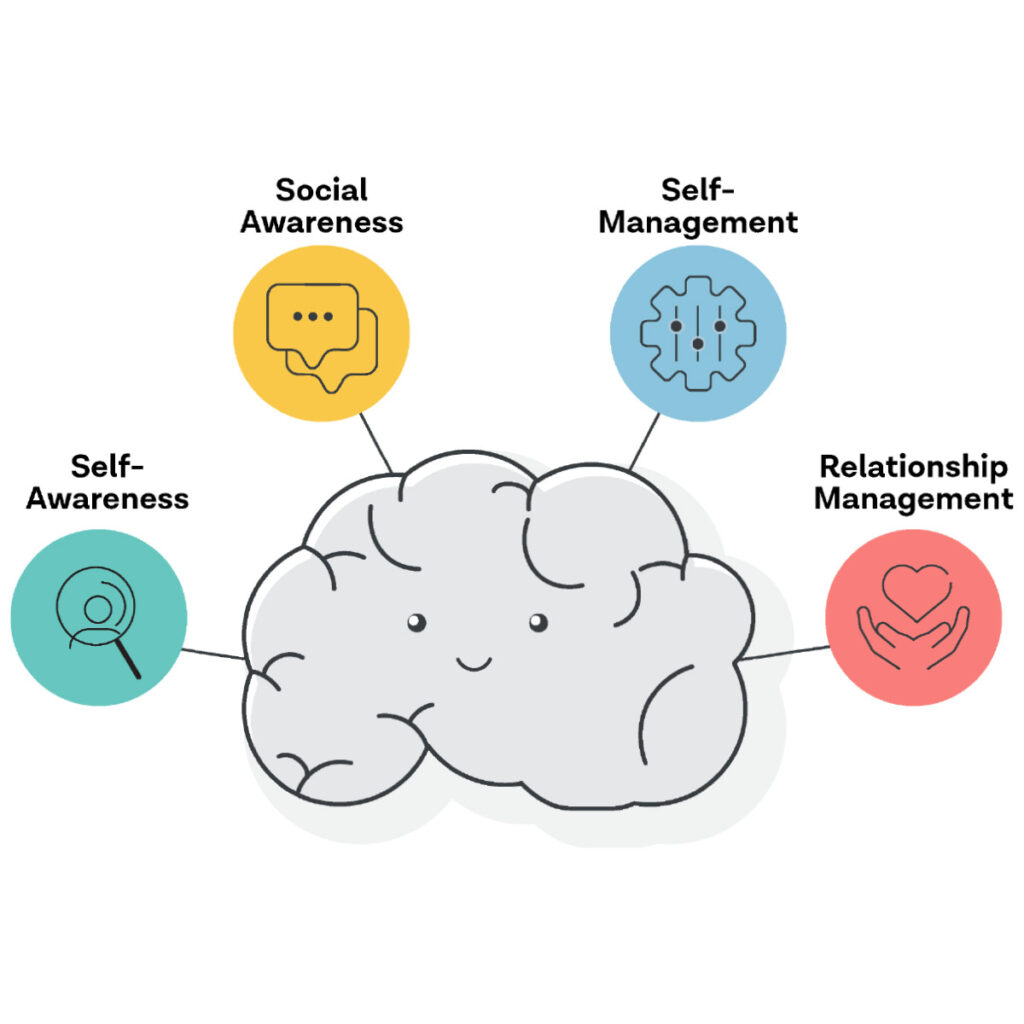Expert Advice
“Many women who suffer from UI consider it to be a normal part of aging, when in fact UI often means there is an underlying problem or disease needing to be treated. If conservative measures have failed, InterStim Therapy may be another treatment option for women. Functioning much like a pacemaker for the bladder and bowel, it works to regulate nerve impulses between the bladder and bowel and the brain. For those who suffer from fecal incontinence, it can also drastically improve quality of life by decreasing fe-cal accidents.”
may be another treatment option for women. Functioning much like a pacemaker for the bladder and bowel, it works to regulate nerve impulses between the bladder and bowel and the brain. For those who suffer from fecal incontinence, it can also drastically improve quality of life by decreasing fe-cal accidents.”
You’re Not Alone If you think urinary incontinence is uncommon, think again. According the Urology Care Foundation, a quarter to a third of Americans experience urinary incontinence, women being the majority of its victims.
Urinary Incontinence 101 The two most common types of urinary incontinence are urge incontinence, otherwise known as overactive bladder, and stress incontinence. However, some women have mixed urinary incontinence, which is a combination of both problems.
Overactive bladder is characterized by an urgent need to go to the bathroom and involuntarily loss of urine. This condition is presumed to be the result of bladder muscle spasms, caused by damage to the bladder’s nerves, damage to the nervous system (spinal cord or brain), or damage to the bladder muscles themselves.
Stress incontinence is a leak that occurs when pressure is placed on the bladder, whether from a cough or a jog. This kind of incontinence is usually due to insufficient strength of the pelvic floor muscles. It’s common in women after childbirth but can also result from high-impact sports, aging, or from being overweight.
You Have Options
Fortunately, urinary incontinence is highly treatable with both natural and medicinal remedies. Often, the condition can be improved simply by practicing kegels, lifting vaginal weights, and/or losing weight. Other treatments include biofeedback, electric stimulation, bladder training (i.e. scheduling bathroom trips), and lifestyle changes, such as consuming less liquid and caffeine.
While it’s usually best to try less intrusive treatments first, if your condition is beyond the scope of natural fixes, you can ask your doctor about medications, such as Enablex, Vesicare, and Oxtryol, and interventional therapies. In recent years, InterStim Therapy, a treatment involving implanting a pacemaker-like device, has garnered excellent results in decreasing urinary and fecal accidents. Finally, if symptoms do not respond to conservative treatment and UI markedly disrupts your life, surgery may be an option.
Modus Health StepWatch 5




